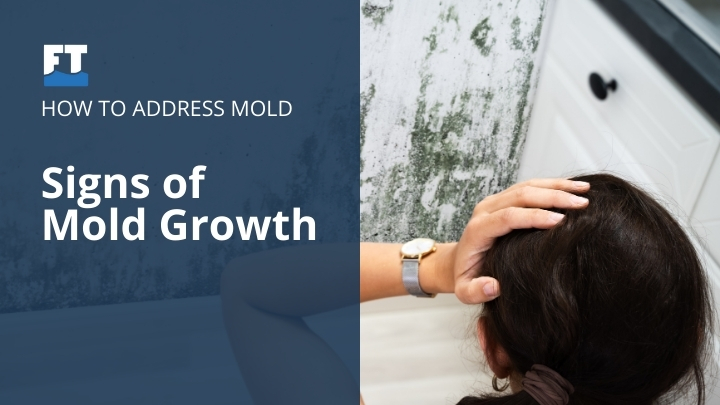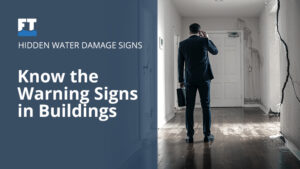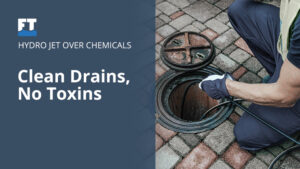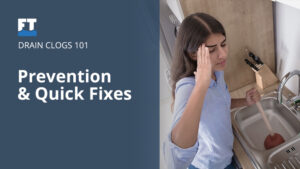Mold can sneak into homes without warning, and many people don’t realize there’s a problem until it starts affecting their health or damaging their property. It often hides in damp, dark places like basements, bathrooms, and behind walls. Ignoring the signs can lead to bigger issues, so it’s important to take action as soon as possible.
The good news is that mold can be dealt with before it spreads too far. By learning how to spot early signs of mold and understanding what causes mold growth, you can prevent it from becoming a major headache. If mold spreads, taking the right mold removal steps can help restore your home and create a healthier environment.
Common Signs of Mold Presence
Visible Discoloration and Spots
Have you ever noticed black, green, or white spots on your walls, ceilings, or furniture? These discolorations are some of the most obvious signs of mold. It can look fuzzy or slimy and may start as small patches that grow over time. Even if the spots seem minor, they might be hiding a much larger issue beneath the surface. Regular mold identification can help spot these warning signs early.
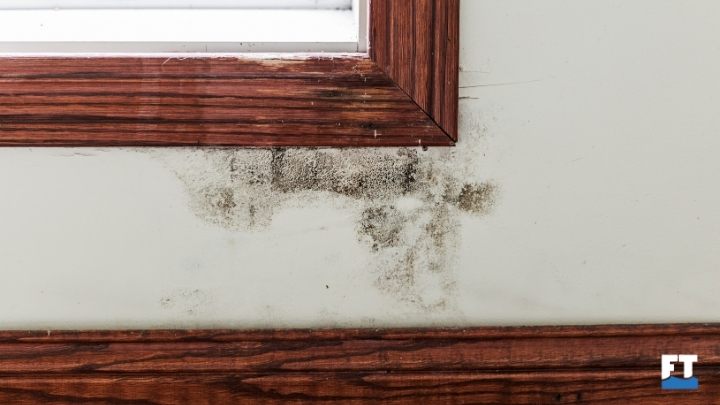
Musty or Earthy Odors
A musty, damp smell is often one of the first clues that mold is growing in your home. This smell is usually strongest in places like basements, bathrooms, or under sinks. Even if you can’t see the mold, the odor is a strong indicator that you should investigate further.
Water Damage Signs
Peeling paint, warped walls, and stained ceilings are all signs of moisture problems that can lead to mold growth. If you’ve had leaks or flooding in your home, mold could be developing in hidden areas like behind drywall or under flooring. Taking quick action to repair water damage can stop mold before it spreads.
Health Symptoms Among Occupants
Mold exposure can cause health problems like sneezing, coughing, itchy skin, and watery eyes. If you or your family members are experiencing these symptoms at home but feel better elsewhere, mold might be the culprit. Long-term exposure can worsen allergies and respiratory issues, so it’s essential to address mold quickly. In severe cases, hiring a mold remediation company can help identify and remove mold effectively, ensuring a healthier living environment.
Effective Strategies to Address Mold Growth
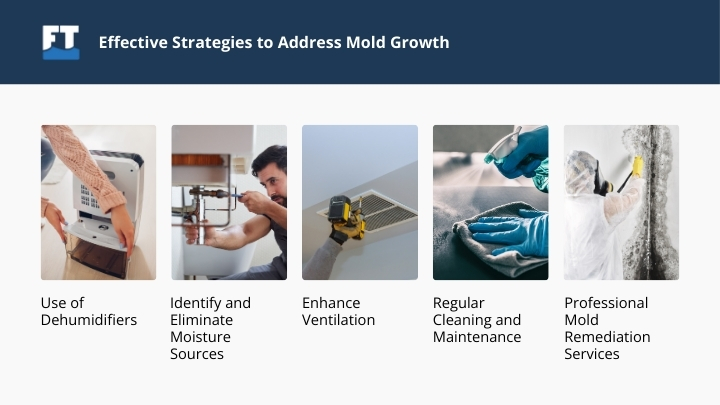
Use of Dehumidifiers
In areas with high humidity, using a dehumidifier can help keep moisture levels low. Mold grows best in humid environments, so maintaining humidity below 60% can prevent its growth. Dehumidifiers are especially useful in basements and other damp areas.
Identify and Eliminate Moisture Sources
Mold thrives in damp environments, so the first step in stopping it is finding and fixing any sources of moisture. Leaky pipes, roof leaks, and poor ventilation all create the perfect environment for mold to grow. Fixing these issues early can save you from bigger problems down the line.
Enhance Ventilation
Good airflow helps keep moisture levels low, reducing the risk of mold growth. Use exhaust fans in bathrooms and kitchens, open windows when possible, and make sure vents are not blocked. Keeping humidity levels under control is key to preventing mold.
Regular Cleaning and Maintenance
Routine cleaning can help prevent mold buildup, especially in areas prone to moisture. Using mold-inhibiting solutions like vinegar or baking soda can keep surfaces clean and mold-free. Focus on areas like bathrooms, kitchens, and basements to stay ahead of mold growth.
Professional Mold Remediation Services
Sometimes, DIY solutions aren’t enough, and professional mold remediation services are needed. Experts can assess the extent of the mold problem and use specialized equipment to remove it completely. Trusted professionals can also help identify the root cause and prevent future mold growth.
Don’t Let Mold Compromise Your Health or Home!
If you suspect mold growth or need expert guidance on effective mold removal, reach out to The Flood Team today. Our team of experts is ready to help you restore a safe and healthy environment in your home.
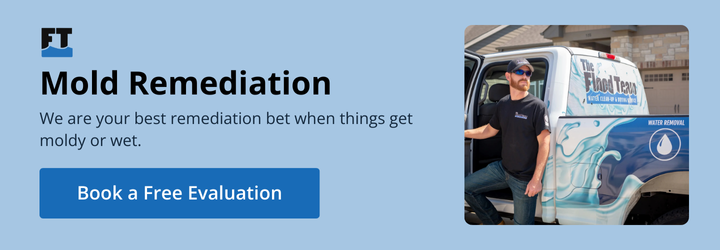
Final Thoughts
Mold can be a serious issue, but catching it early and taking action can prevent it from becoming a bigger problem. Pay attention to the warning signs of mold growth like musty smells, visible spots, and allergy symptoms. Whether you choose to handle mold on your own or hire professionals, staying proactive can protect your home and health.
FAQs
How can I tell if I have mold if I can’t see it?
Even if you don’t see mold, a musty odor and allergy-like symptoms can suggest its presence. A professional inspection can confirm if mold is hiding in your home.
Can I remove mold myself, or do I need a professional?
You can clean small mold patches yourself with vinegar or mold cleaners. However, for large areas or recurring mold, hiring a mold remediation company is a safer option.
What areas in my home are most prone to mold?
Bathrooms, basements, kitchens, and areas with poor ventilation are the most common spots for mold growth. Regular inspections can help prevent problems.
How can I prevent mold from coming back?
Keeping moisture under control is key. Fix leaks, improve ventilation, use dehumidifiers, and clean regularly to reduce mold risks.
Is mold dangerous to my health?
Yes, mold can cause respiratory issues, allergies, and even serious health problems for people with weakened immune systems. Addressing mold quickly is important for your well-being.

